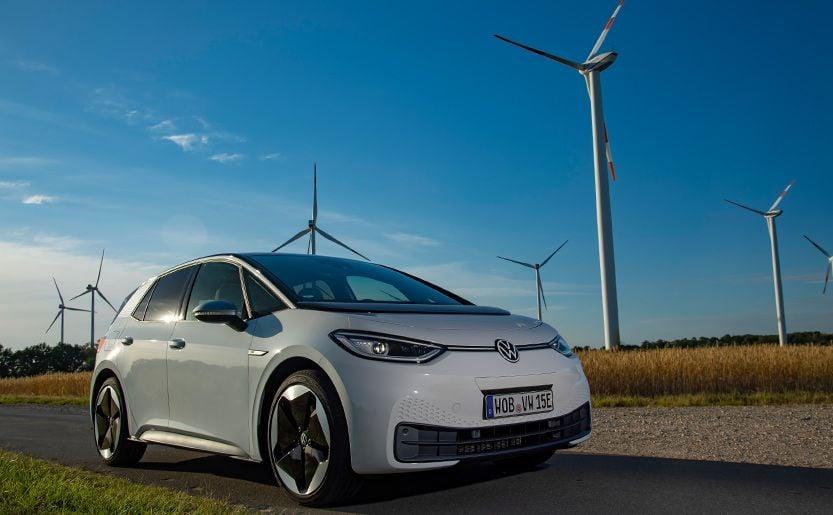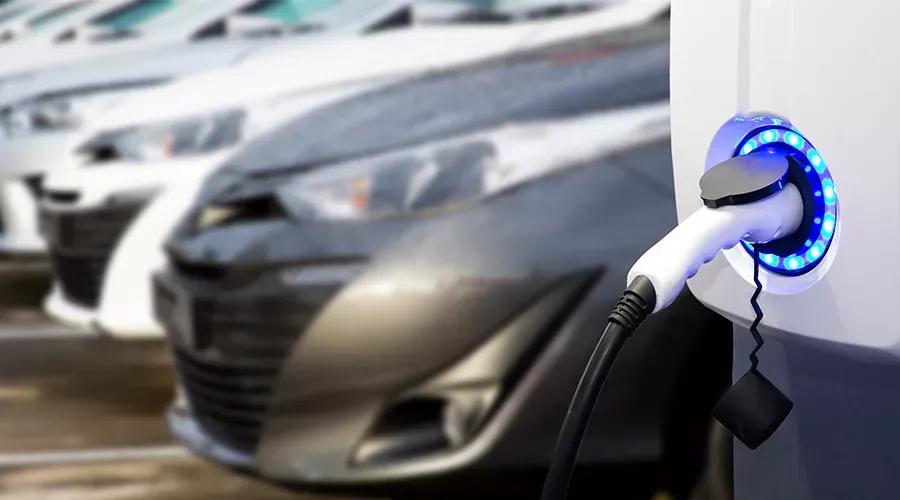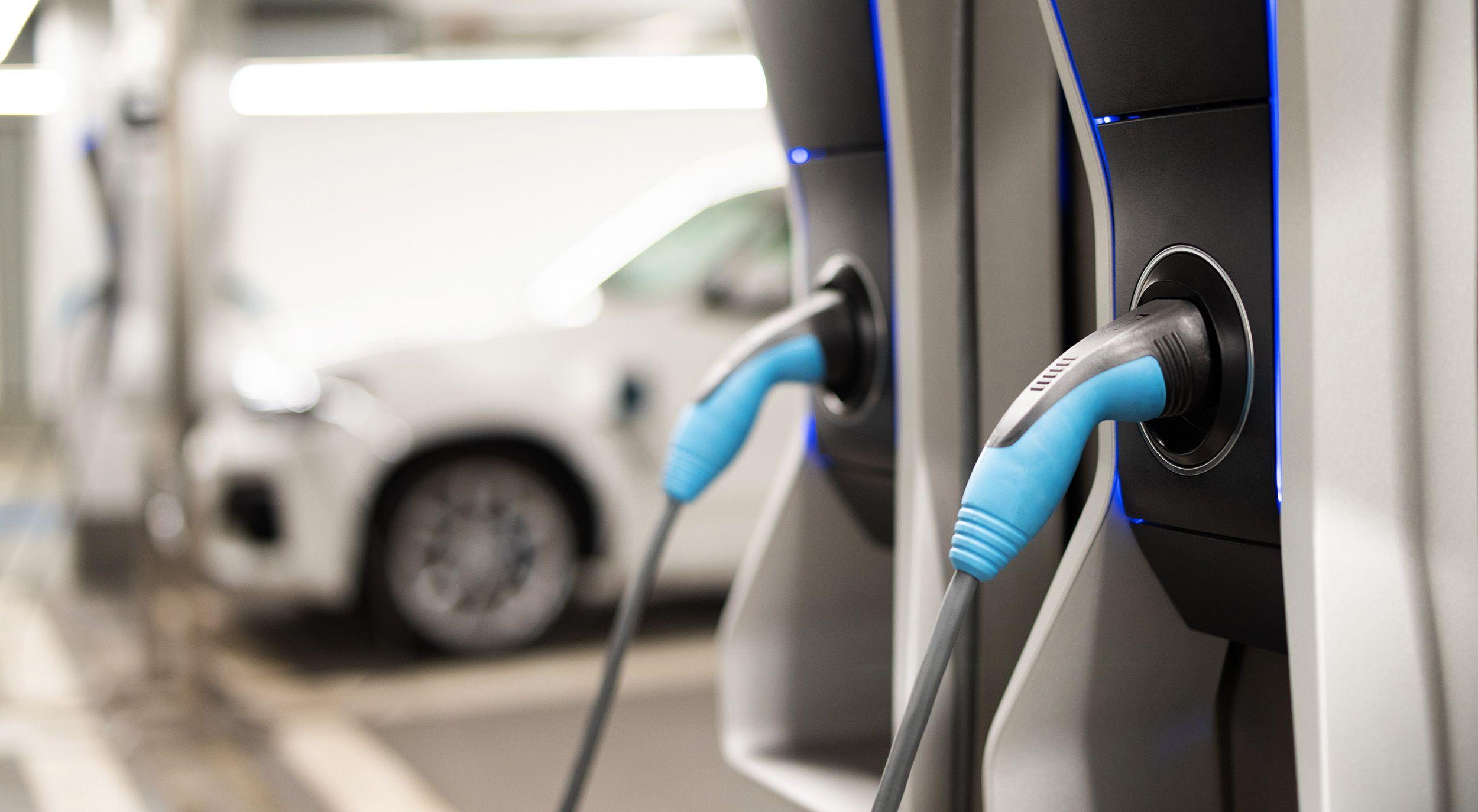The battery is the most fundamental element of the electric car and the crucial factor in determining the car’s range and performance. The usable capacity of a lithium-ion battery, referred to as its “state of health” (SOH), decreases both with time and with the number of charging cycles. This is something that any smartphone owner will be familiar with. The storage capacity of the car battery also naturally decreases over the course of time. On top of this, the batteries provide less power with each operating cycle, as they undergo strain when they are charged and when they are used for driving.
As electric mobility is still a very new technology and there is a lack of robust data regarding battery life, battery wear is a controversial subject. The initial empirical data indicate, however, that electric car batteries last much longer than was previously assumed.
Users of a Dutch-Belgian Tesla forum, for example, have set up a pool of more than 350 Tesla vehicles over recent years and are evaluating the performance data of the batteries in a structured way. For the first 100,000 kilometers, they calculated a relatively consistent capacity loss of five percent. After this, the batteries continued to lose capacity, but not as severely as during the first 100,000 kilometers. Over a range of more than 250,000 kilometers, the average total loss in capacity was found to be less than ten percent. The trends of the calculations show that a Tesla can be expected to travel more than 300,000 kilometers before its battery capacity drops below 90 percent.
For those who are still concerned about the durability of the batteries, automotive manufacturers provide long guarantees. They generally provide a guarantee of eight years or at least 160,000 kilometers. Tesla or companies like CATL and LG even announced the 1,000,000-mile battery in 2020. With this rapid technological development, battery durability would cease to be an issue.
Furthermore, batteries that can no longer provide the desired range or acceleration capacity in electric cars have by no means reached the end of their service life. While they may have become unsuitable for use as a car battery with a residual capacity of less than 70 percent, they can still be of use in stationary applications such as second-life-batterie storages for many years to come. For these applications, space requirements and high current capabilities are no longer so important.
There are several reasons why this type of second use is of interest: compared with new batteries it significantly reduces the CO2 footprint arising from battery manufacture. The lower costs of second-use batteries make their use as stationary storage attractive in an economical sense. There is a demand for this type of battery because of the expansion of renewable energy: this kind of energy calls for flexible energy storage, as generation fluctuates. Potential business models are already being successfully tested in individual pilot projects.
Recycling vehicle batteries is now deemed technically feasible and is already being implemented in several pilot plants. With the increasing number of electric cars, a significant rise in the amount of old batteries can also be expected in coming years, which will make efficient recycling methods even more important. One advantage of a closed resource cycle is that the climate and environmental balance of electric cars can be improved considerably: recycling lowers the demand for raw materials taken from mining, which stabilizes supply reliability and reduces the ecological footprint of battery cells.
Many companies and research institutions around the world are working on recycling electric car batteries that are no longer in use and on making the raw materials usable once again. The Belgian company Umicore, which has a partnership with Audi, is considered one of the market leaders in battery recycling and can currently treat up to 7000 metric tons per year. Duesenfeld, a German chemicals company, has developed a method for recovering as much as 96 percent of all battery components. This reduces the CO2 footprint for the production of new batteries by 40 percent compared with using non-recycled materials. The Swedish company Northvolt, which is run by the former Tesla manager Peter Carlsson and which BMW, Siemens, and Volkswagen hold a share in, is dedicated to recycling alongside its planned mass production of battery cells. At the factory in Skellefteå, it should be possible to recycle roughly 25,000 metric tons of battery cells per year with the start of the first block of an even bigger plant.



